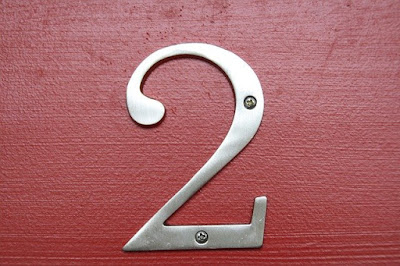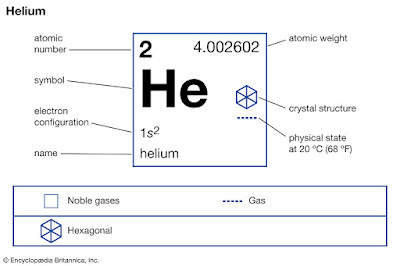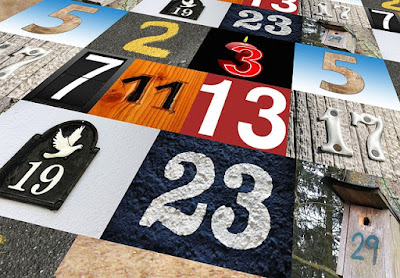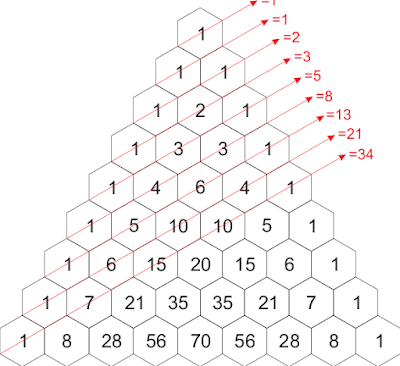Fact Of The Day
Did you know that the second-ever asteroid to be discovered is called 2 Pallas?

Numerology, superstition, important dates, and so many other things cling to various numbers, which in some cases gives them great significance!
Over the ages, people have attributed many facts to numbers.
Today lets we talk about 10 fun facts about the number 2.
1. The atomic number of the chemical element helium is two.

Helium has the chemical symbol He and is the first of the Noble gases.
It is completely colorless, odorless, tasteless, and is even non-toxic.
It’s the second lightest gas, and for this reason, is used commonly to inflate balloons that float in the air.
2. The second-ever asteroid to be discovered is called 2 Pallas.

2 Pallas is the formal name for it, with the two indicating that it was the second classified planet.
This is interesting because it was indeed classified as a planet, only being reclassified in the 19th Century.
The asteroid, which commonly referred to simply as Pallas, has a varying orbit that in terms of distance from the sun lies between Mars and Jupiter.
3. The number two is the second prime number.

There are only seven prime numbers in total, and two is the only even number.
A prime number, by the way, is a number that can only be divided by itself or the number one.
4. A binary number is a number that uses the base-2 number system.

This system uses just two numbers, most typically 0 and 1.
The standard system of counting which we use is the base ten system.
In the base two systems, 1 is one, 10 is two, 11 is three, 100 is four, 101 is five, and so on.
5. The number two is also either the third or fourth number in the Fibonacci sequence.

6. A commonly occurring form of the star system is a binary star system.

A binary star system is named in such a way because it’s a system in which there are two stars, not one, at the center of it.
Each star orbits around the other.
Can you imagine with it would be like if we had two suns?
7. A number can only be called an even number if it can be divided by two.

8.The number two can be seen again and again in mythology.

Roman mythology, for example, is centered around the number, starting from the beginning of the great city of Rome.
The two brothers Romulus and Remus were thrown into the Tiber River when they were just infants but were rescued and raised by wolves.
Later in their lives when they came to found the city of Rome they got into an argument about what to name the city.
Romulus killed Remus and went on to become the first king of Rome.
9. The number two can be found within thousands of words.

This is because the word prefix bi- means two, as found in many words.
A few examples of such words are: bilingual (knowing or using two languages), bisect (to cut something in half), biannual (occurring twice a year), or a bicycle (which has two wheels).
10. If something is described as being two-dimensional it means that it only takes up space in two dimensions.

An example of this would be if you drew a rectangle on a sheet of paper.
This would only have two dimensions, length, and width (breadth).
If you were to call a character in a movie two-dimensional, it can mean that they are quite shallow, or lacking depth.
This can also mean that their character simply has less background or information available to them, so they’re like a two-dimensional shape versus a three-dimensional shape.
People Also Ask
Q.1: What's special about the number 2?
Ans: Two is the smallest prime number, and the only even prime number (for this reason it is sometimes called "the oddest prime"). ... Two and three are the only two consecutive prime numbers. 2 is the first Sophie Germain prime, the first factorial prime, the first Lucas prime, and the first Ramanujan prime.
Q.2: Why is 2 the best number?
Ans: Two is the smallest even number, usually with the meaning of 'double', 'twinned', and 'again'. It is an auspicious number in Chinese culture because Chinese people believe that 'good things come in pairs.
Q.3: Who Discovered number 2?
Ans: Hindu-Arabic numerals, set of 10 symbols—1, 2, 3, 4, 5, 6, 7, 8, 9, 0—that represent numbers in the decimal number system. They originated in India in the 6th or 7th century and were introduced to Europe through the writings of Middle Eastern mathematicians, especially al-Khwarizmi and al-Kindi, about the 12th century.
Instead, the focus usually lies on the first or the third. Interestingly, this seems to quite often happen with children, with the middle child often feeling left out!
It’s not always bad though – as they say, two’s the company, three’s a crowd!
If number one is the best, then number two is definitely the second best. When it comes to culture and history, there’s little attention paid to number two.
Comments
Post a Comment